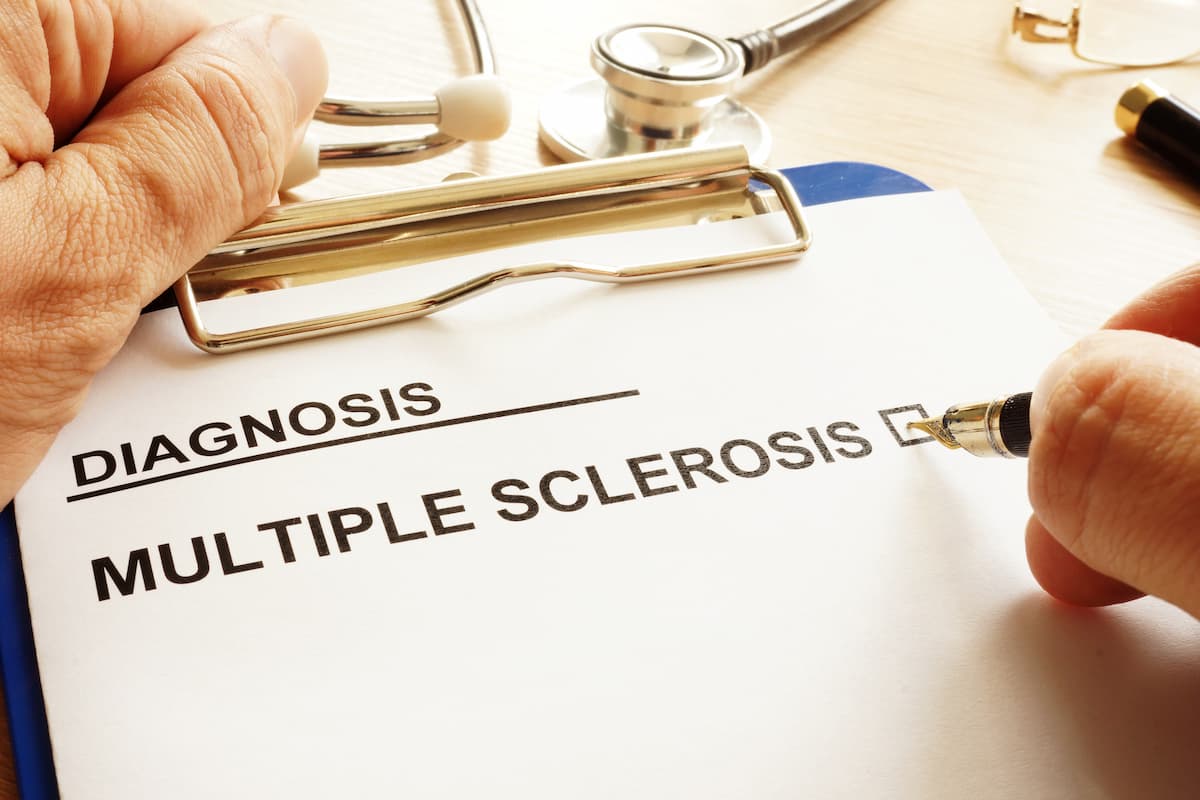Article
Bristol Myers Squibb Launches Ozanimod (Zeposia) for RMS
Author(s):
Bristol Myers Squibb announced the commercial launch of Zeposia (ozanimod) for relapsing multiple sclerosis (RMS). The oral treatment is the first and only approved sphingosine-1-phosphate receptor modulator with no genetic test or first dose observation at initiation.
Today, Bristol Myers Squibb announced the commercial launch of Zeposia (ozanimod) for relapsing multiple sclerosis (RMS). The oral treatment is the first and only approved sphingosine-1-phosphate (S1P) receptor modulator with no genetic test or first dose observation at initiation.
The 0.92-mg once daily medication was approved by the FDA on March 25, 2020, and is also indicated for clinically isolated syndrome, relapsing-remitting disease, and active secondary progressive disease.
Data from the randomized active-controlled phase 3 SUNBEAM and RADIANCE Part B clinical trials of more than 2600 adults found ozanimod was efficacious in reducing annual relapse rates (ARRs) and the number and size of brain lesions. In both trials, ozanimod was compared with interferon beta-1a (Avonex). However, the commercial launch of ozanimod was delayed due to coronavirus disease 2019 (COVID-19).
Because a transient decrease in heart rate and atrioventricular conduction delays may occur when taking ozanimod, an uptitration scheme should be used to reach the maintenance dosage in patients with RMS.
To help facilitate access to ozanimod, the Zeposia 360 Support program was also launched. According to Bristol Myers Squibb, the program “includes a co-pay of as little as $0 for eligible appropriate patients, assistance with financial support, reimbursement for some initial out-of-pocket medical costs —and…may help eligible patients with commercial insurance to receive free medication while they are waiting for insurance approvals.”
Ozanimod may increase susceptibility to infections and lead to liver injury, increased blood pressure, macular edema, back pain, and other adverse effects.
On the heels of the commercial launch, the company also announced positive topline results from a phase 3 trial evaluating ozanimod as an induction and maintenance therapy in patients with moderate to severe ulcerative colitis who did not adequately respond to prior treatment.
True North, a pivotal phase 3 trial, met both primary endpoints and demonstrated results for induction of clinical remission at week 10 and in maintenance at week 52 (P < .0001), according to a company statement. Ozanimod is now the first S1P receptor modulator to demonstrate benefit in moderate to severe ulcerative colitis in a phase 3 study.
The trial also met secondary endpoints of clinical response and endoscopic improvement in induction at week 10 and in maintenance at week 52.
“Patients with ulcerative colitis can struggle to effectively manage this often unpredictable and potentially debilitating disease,” said Samit Hirawat, MD, chief medical officer at Bristol Myers Squibb. “The True North results are encouraging for patients living with moderate to severe ulcerative colitis as Zeposia demonstrated consistency across key clinical and endoscopic endpoints, suggesting Zeposia may address the need for new oral therapy options with a favorable benefit to risk profile in the treatment journey.”
The company is also investigating ozanimod to treat moderately to severely active Crohn disease in a phase 3 clinical trial program.
In addition, on May 27th the European Commission approved ozanimod for the treatment of adults with relapsing-remitting multiple sclerosis (RRMS) with active disease, making it the first European Commission marketing authorization since Bristol Myers Squibb acquired Celgene in November 2019.
The approval was also based on results from the phase 3 SUNBEAM and RADIANCE Part B trials.
“Multiple sclerosis is an unpredictable and often disabling disease that affects about 700,000 people in Europe,” said Pedro Carrascal, president of the European Multiple Sclerosis Platform. “We are delighted by the news that there is now another treatment option available to potentially delay the progression of this debilitating disease.”





